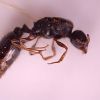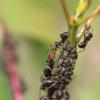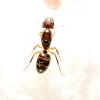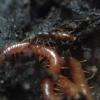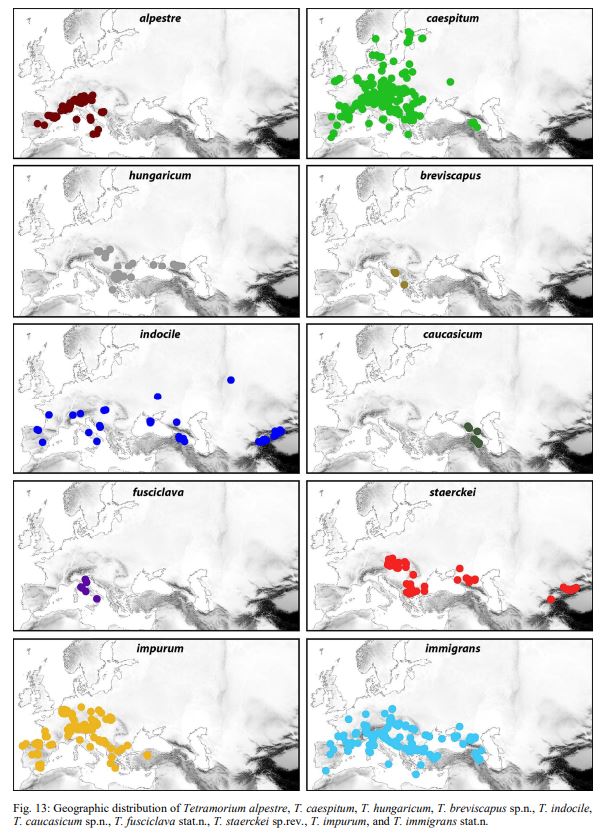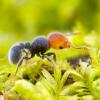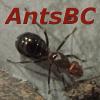2. Date of collection:
3. Habitat of collection:
4. Length (from head to gaster): 8 mm
5. Color, hue, pattern and texture: dark brown/black,
6. Distinguishing characteristics: see photos - Antennal segments: 12 parts
7. Distinguishing behavior:
8. Nest description: cannot say
9. Nuptial flight time and date: 10.6.2018 before 6:00 (sunrise) - more than 100 queens were "caught" by morning dew on my terrace.
Edited by makowmartinkovarik, June 17 2018 - 2:47 AM.





